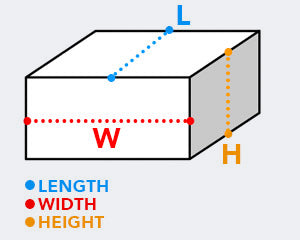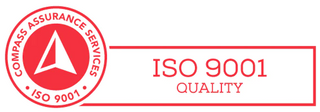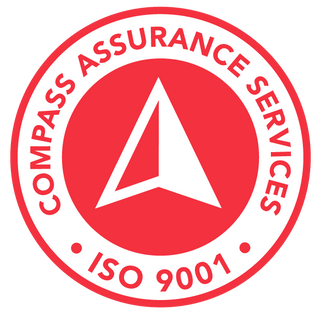I needed some advice on magnets for a knife board. Danielle gave me plenty help including great YouTube references. Everything worked out well. Magnets were perfect delivered really quickly.
Neodymium Block Magnet - 30mm x 10mm x 5mm | N35
Product code: B-W10H5L30-N35


 Earn 11 points for this product with AMF Magnetics Perks
Earn 11 points for this product with AMF Magnetics Perks
Prices are GST Incl.
Volume pricing available on requestAustralia's Leading Supplier
Shipping Worldwide*
30 Day Returns
Same Day Dispatch*

Magnetic Product Description:
This neodymium magnetic block has a length of 30mm, width of 10mm and a height of 5mm. It has a pull force of 6.2 kilos. It is identified by the AMF magnet part number B-W10H5L30-N35.
Uses for our rare earth block magnets:
Rectangular magnets or block magnets, such as this N35 example are commonly used as a component part within magnetic knife holders and tool holders along with a range of other magnetic holding devices. Block magnets are normally axially magnetised through the height, so the largest surface area is typically where the north and south poles are present. These large rectangular pole surfaces provide a larger contact area for a secure bond with metallic materials.
Neodymium magnets are a surprisingly brittle and as such, they are often encased within steel or a metal housing to protect them from damage. This is certainly the case with commercial products designed for holding applications as these usually incur a considerable amount of impact during use and need to be durable. Most holding devices consist of multiple bar magnets placed end to end inside a metal or plastic channel to increase the contact area and holding capacity of assemblies such as tool holders and magnetic sweepers. The magnetic field of such items needs to be as broad as possible in order to remove hazardous metal debris and swarf from workshop and factory floors.
Neodymium magnets are the strongest type of permanent magnet available however they are not always the best choice for every application. In applications where a deeper or wider magnetic field is required, it may be more appropriate to choose a Ferrite block magnet.
No FAQ available

Magnetic Product Description:
This neodymium magnetic block has a length of 30mm, width of 10mm and a height of 5mm. It has a pull force of 6.2 kilos. It is identified by the AMF magnet part number B-W10H5L30-N35.
Uses for our rare earth block magnets:
Rectangular magnets or block magnets, such as this N35 example are commonly used as a component part within magnetic knife holders and tool holders along with a range of other magnetic holding devices. Block magnets are normally axially magnetised through the height, so the largest surface area is typically where the north and south poles are present. These large rectangular pole surfaces provide a larger contact area for a secure bond with metallic materials.
Neodymium magnets are a surprisingly brittle and as such, they are often encased within steel or a metal housing to protect them from damage. This is certainly the case with commercial products designed for holding applications as these usually incur a considerable amount of impact during use and need to be durable. Most holding devices consist of multiple bar magnets placed end to end inside a metal or plastic channel to increase the contact area and holding capacity of assemblies such as tool holders and magnetic sweepers. The magnetic field of such items needs to be as broad as possible in order to remove hazardous metal debris and swarf from workshop and factory floors.
Neodymium magnets are the strongest type of permanent magnet available however they are not always the best choice for every application. In applications where a deeper or wider magnetic field is required, it may be more appropriate to choose a Ferrite block magnet.
No FAQ available







